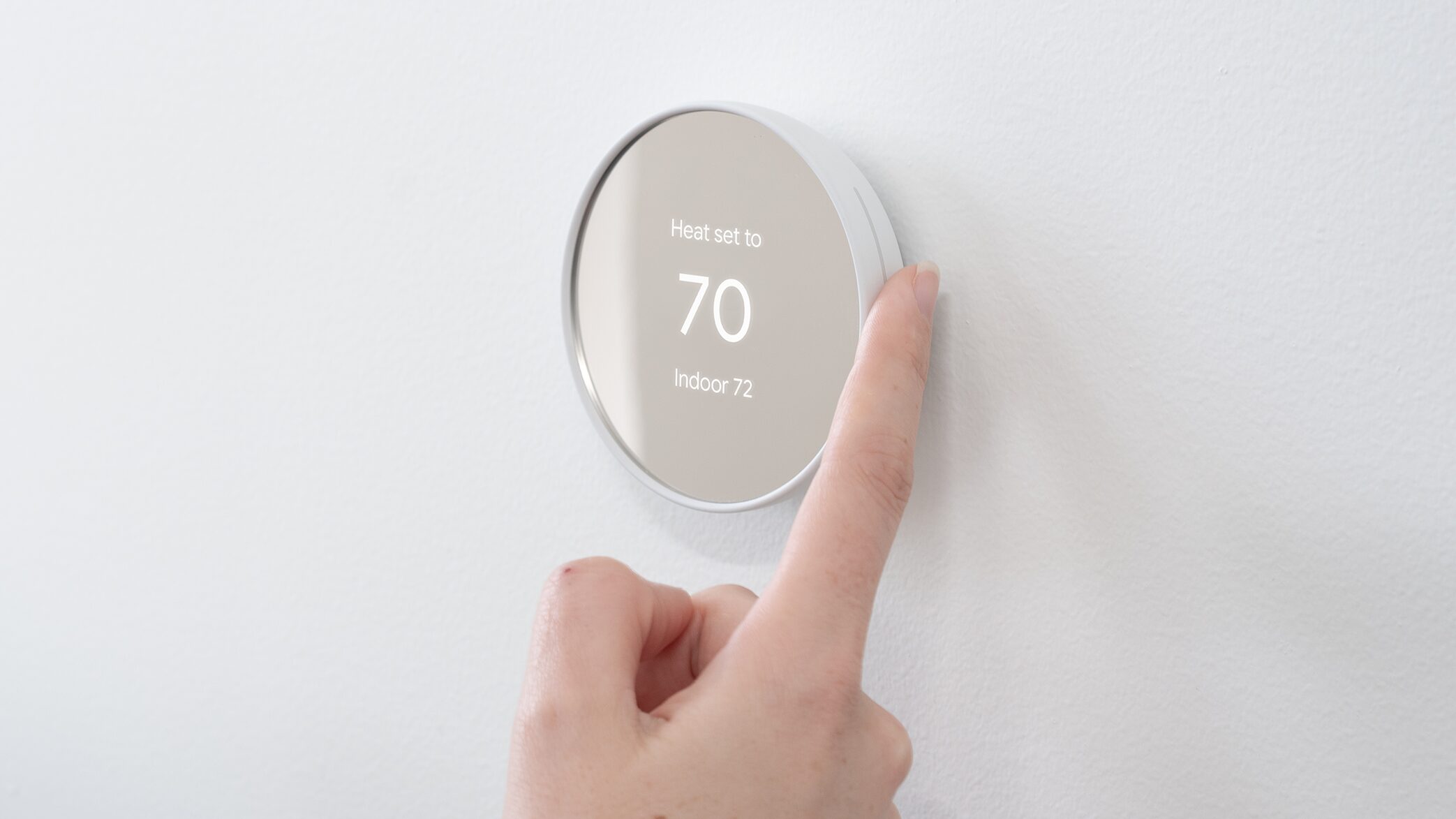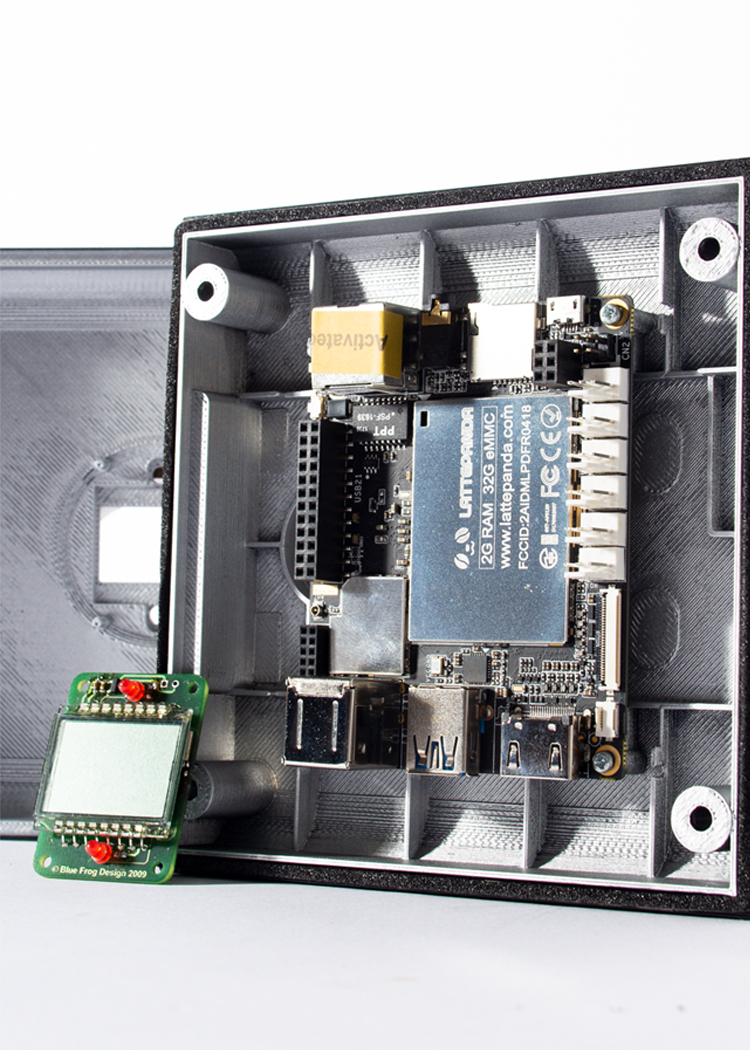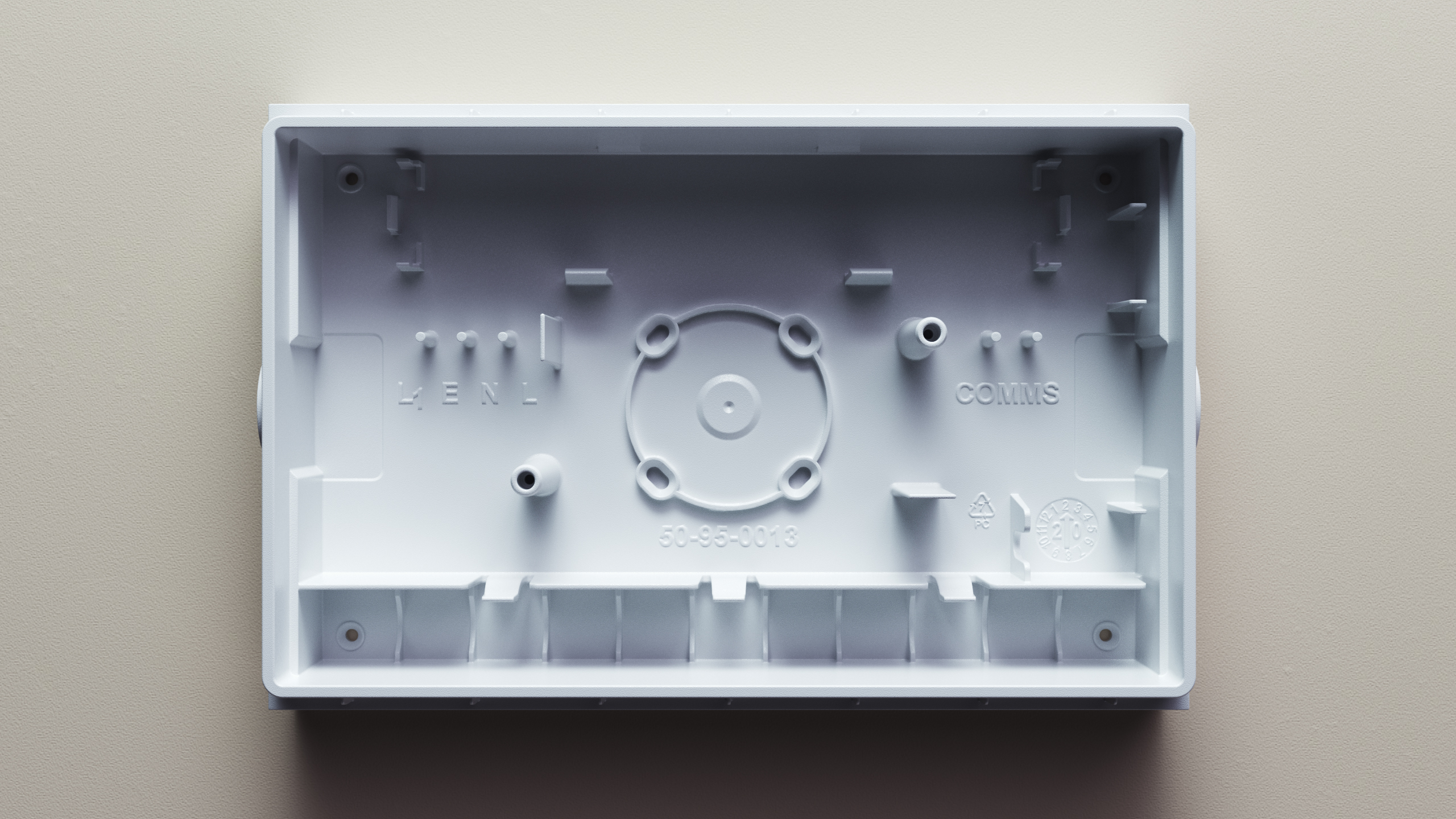Performance Optimisation: Top Things to Consider for Enclosure Design of Electronics Equipment

Electronic Enclosures
What is an Electronic Enclosure?
An electronic enclosure is a protective housing for electrical and electronic equipment. It protects the equipment from environmental factors such as temperature changes, humidity and physical threats and prevents electrical hazards to users. The performance and life of electronic components relies heavily on their enclosure. These are made from various materials, each chosen based on application, environment and budget requirements to meet the required protection and durability standards.
Table of Contents
Electronic Enclosure Design Considerations
Product and Environment
The application for which an electronic product is designed plays a big part in its electrical enclosure design. Products for harsh marine environments are different to those for controlled indoor environments. This includes UV resistance, water ingress and salt spray resistance amongst others. The designer must ensure the product is fit for its environment which includes everything from material selection to final product layout.
Mechanical Engineering
Often overlooked, the mechanical aspect of enclosure design can have a big impact on the cost and performance of the final product. A well-thought-out mechanical design enhances the overall device by combining functional design with aesthetics, ensuring the protection of internal components. The enclosure is not only robust but user-friendly. The mechanical design must be finalised early as it affects manufacturability and ultimately the success of the product in the market.

EMI Shielding and Electromagnetic Compatibility
Protecting electronic devices from electromagnetic interference (EMI) is critical to functionality and data integrity. In addition to EMI shielding, proper heat dissipation is crucial to prevent overheating and ensure the longevity of the device. Metal enclosures such as those made from aluminum or steel block EMI are preferred in high-risk environments. The design must also consider electromagnetic compatibility (EMC) to ensure the device operates as intended without causing or being affected by electronic interference.
Enclosure Design Guidelines
Design for Manufacturability
Using product design consultants can optimise the enclosure design for manufacturability, balancing cost, functionality and safety. The production volume has a big impact on the manufacturing techniques and materials used and the overall cost structure and feasibility of the project. Additionally, choosing a metal enclosure can provide benefits such as corrosion resistance and durability, but requires careful design to ensure adequate transmission of wireless signals.
Design for Assembly
Incorporating assembly into the design process is critical. It simplifies manufacturing and affects the maintenance and life of the product. Designers must ensure the enclosure is easy to assemble, reduces labour costs and minimises assembly errors.

Material and Manufacturing
Material Selection
Material selection in electronic enclosure design is a balance between performance and cost. Materials are chosen based on their mechanical properties, cost, and environmental resistance, with aluminium enclosures offering durability and EMI shielding. Plastic electronic enclosures provide versatility and corrosion resistance, making them suitable for various applications. Common materials are plastics which offer versatility and corrosion resistance and metals which provide durability and EMI shielding. These materials are crucial in protecting sensitive components such as printed circuit boards from environmental hazards. Additionally, a metal enclosure can offer specific benefits like protection against corrosion, but careful design considerations are necessary to ensure adequate transmission of wireless signals.
Manufacturing Process and Tolerances
Tolerances in manufacturing can have a big impact on the performance and assembly of electronic enclosures. Designers must specify tolerances carefully so parts fit together without requiring modifications. Advanced manufacturing techniques can achieve these tolerances for high quality end products.
Custom Enclosure Design
Water and Dust Protection
For enclosures that will be exposed to the elements, a high IP rating is required to protect against water and dust ingress. This involves designing the sealing mechanisms and may include gaskets or O-rings to ensure a tight seal.
Outdoor Use and Weather Resistance
Designing for outdoor use involves considering many environmental factors such as temperature extremes and UV exposure. Materials and finishes, including plastic enclosures, must be chosen to withstand these conditions to ensure the life and reliability of the enclosure.
Suppliers and Manufacturers
Top Electronic Enclosures Manufacturers
Choosing the right manufacturer for electronic enclosures is crucial for the success of your product. A manufacturer with extensive experience in electronic enclosures can provide significant advantages such as design optimisation and cost-saving strategies. These manufacturers bring a depth of knowledge on the best materials, processes, and design modifications to enhance product performance and durability while minimising production costs. Their expertise ensures that the enclosures are not only functionally effective but also economically viable, thus streamlining the path from concept to market by avoiding common pitfalls and leveraging industry best practices.
Benefits of a Contract Manufacturer
Partnering with a seasoned contract manufacturer enhances the production process by streamlining operations, ensuring products meet quality standards, and guaranteeing timely delivery. These manufacturers offer critical in-house design reviews and the capability for rapid prototyping, which greatly accelerates the development cycle and aids in refining the product design efficiently. Such partnerships can lead to significant cost reductions, improved product quality, and faster market entry.
Design for Performance
Effective design of electronic enclosures is crucial for the success of any electronic product. It must carefully consider environmental conditions, user requirements, and manufacturability to ensure optimal performance. By adhering to established design principles, designers can create enclosures that not only protect internal components but also enhance user interaction and ensure manufacturability. This holistic approach facilitates the creation of products that meet both functional expectations and manufacturing efficiency.
Conclusion
The design of electronic enclosures is a critical factor in the success of any electronic equipment. It requires a thorough understanding of the environmental conditions, user requirements, and manufacturing capabilities. By adhering to the principles outlined in this guide, designers can ensure their products are both effective and efficient, providing value to users and manufacturers alike.
View more of our Product Development Services
If you would like to hear more on how we can improve the quality of your products or help with your product development, please contact Bluefrog Design at [email protected]
FAQ’s on Custom Enclosure design
What is the best material for electronic enclosures?
The best material for electronic enclosures depends on the specific needs of the application. For general purposes, metals like aluminium offer excellent durability and electromagnetic interference (EMI) shielding. Plastics, such as ABS or polycarbonate, provide good insulation and are lighter, which can be beneficial for portable devices.
How does EMI shielding work in electronic enclosures?
EMI shielding in electronic enclosures works by using materials that block electromagnetic interference from affecting sensitive electronic components. Metals like aluminum or steel are commonly used because they reflect electromagnetic waves, ensuring that internal devices operate without disruption from external electronic noise. This protection is crucial for maintaining the functionality and reliability of the enclosed electronics.
How can I ensure my electronic enclosure design is waterproof?
To ensure your electronic enclosure design is waterproof, prioritize using materials and components that meet specific Ingress Protection (IP) ratings, such as IP67 or IP68. Design the enclosure with tight seals, using gaskets or O-rings at all openings and joints. Additionally, consider the enclosure’s overall structure and potential exposure points to effectively guard against water ingress.
Ready to get started on a project?
Socials



